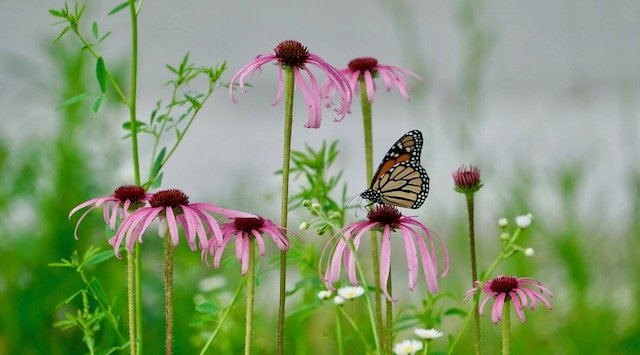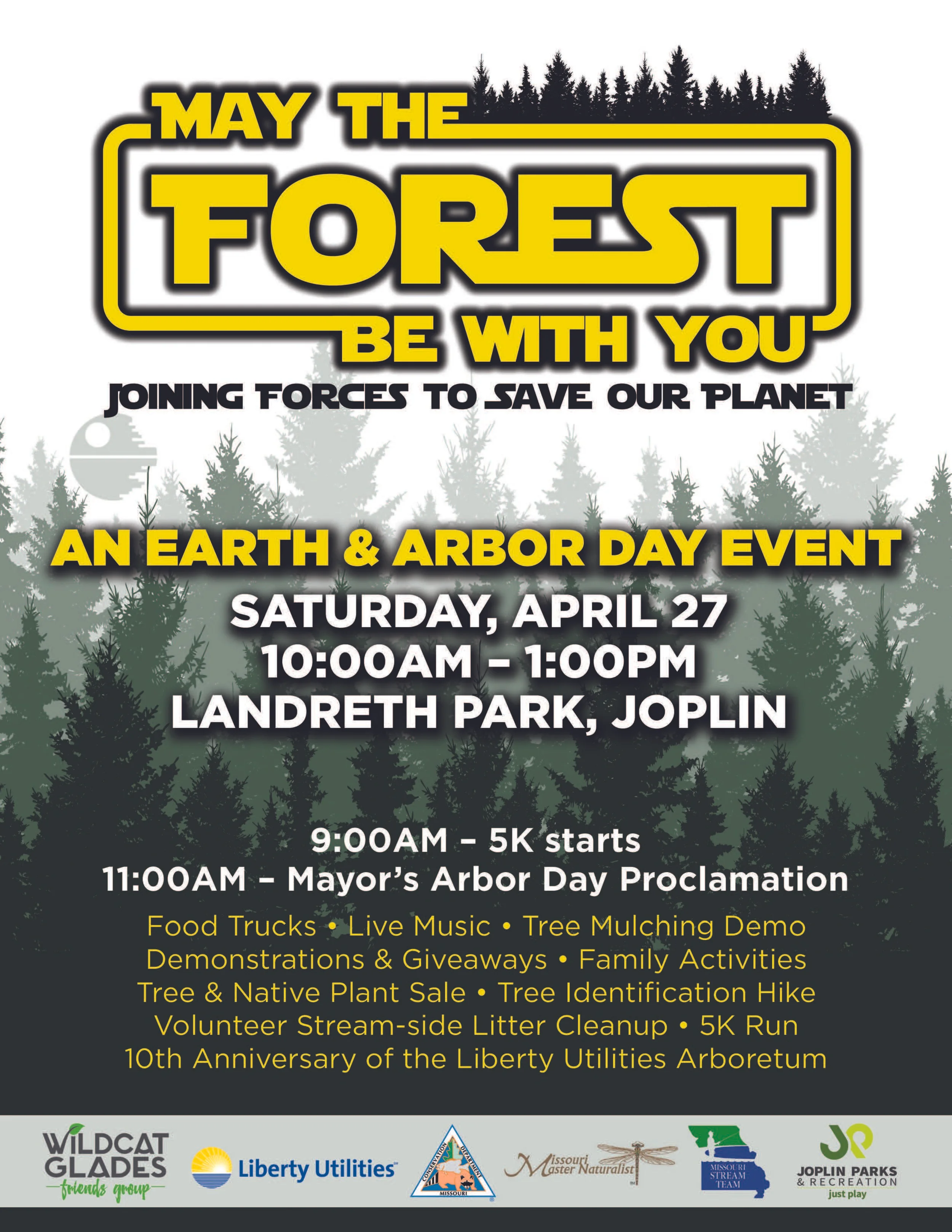Butterfly weed (Asclepias tuberosa), a species of native milkweed is easy to grow. It’s pollen attracts large varieties of pollinators in addition to Monarch Butterflies.
WHICH CAME FIRST…THE POLLINATORS OR THE PLANTS…
AND WHY CARE?
Scientists really don’t know whether flowering plants or pollinators came first! But there was a time before flowering plants existed when only wind and water helped plants reproduce. Some plants, especially grasses, still depend on the wind for pollination.
At first insects probably spread pollen by accident while feeding on flowers. Over time, plants developed many varied ways to attract available pollinators: different colors, sizes, shapes, and scents. Today, millions of years later, bees, butterflies, moths, hummingbirds, bats, beetles, wasps, and even flies help pollinate the majority (about 90%) of flowering plants in return for rewards of pollen and sweet nectar. These unique and interdependent relationships prove to be much more efficient than wind pollination, requiring less pollen to get the job done – resulting in increased diversity in each species of plant. Some pollinators are "generalists" – feeding on a variety of nectars and pollens, while others are "specialists” – favoring one particular plant species either for feeding or for hosting their eggs and feeding their children. Milkweed for Monarchs is a great example of a specialist.
Unfortunately, there is disturbing evidence worldwide that pollinators are disappearing. Many species of wild bees, butterflies, and other pollinators are shrinking towards extinction. There are already many bees and butterflies on the Federal Endangered Species List, and even the iconic Monarch Butterfly is now being considered. Far worse, researchers predict as many as 40% of all insect species may be endangered over the next several decades!
But why? We have been so busy replacing the natural habitat of pollinators with homes, businesses, manufacturing plants, roads, parking lots, and more, that pollinators do not have the right food, shelter, and space they need to live. We plant lawns and non-native shrubs from far away that they cannot use for food. We displace native plants – their natural food – with invasive plants that crowd out the food supply. Milkweeds needed by Monarchs no longer dot the edges of farm fields because of more efficient agricultural practices. Too often the careless use of pesticides around our homes and gardens kills good bugs, including pollinators, along with those we want to eliminate.
So, why should you care? If you like to eat and enjoy nature, pollinators are definitely important! It is estimated 1 out of every 3 mouthfuls of human food and drink requires pollinator assistance. Insects are the reason we have such a wide variety of food to provide our bodies with good nutrition, and medicines to heal us. Beyond this, it is native pollinators that pollinate the native plants to keep our ecosystems going by feeding all types of wildlife with whom we share the earth.
How can you help? Make sure some (or many) native plants create habitat in your yard. Include host plants for butterfly caterpillars to eat. Don’t be fooled by flower cultivars or hybrids that may have little or no nectar and pollen. Just like you, pollinators can’t afford to take a week off from eating, so make sure you have some flowers for them to “snack on” in every season. Consider planting in “floral clumps,” another pollinator-friendly practice that helps pollinators locate food. And just about everyone agrees that spraying chemicals conservatively– or not at all – and buying plants grown without harmful chemicals are other pollinator-friendly measures. Even a small pollinator garden will bring in many species to watch and enjoy. It’s easier than you think!
Written by: Val Frankoski, one of the founding members of Chert Glades Chapter in 2005, she has served as an officer, organized and led training for new members, and is currently Butterfly Coordinator for the chapter. She is involved with creating Monarch Waystations, guiding milkweed seed collection, and creating opportunities for planting milkweed and native nectar plants in the community. A former teacher, Val has volunteered in various capacities at the former Wildcat Glades and Audubon Center and is an obsessive gardener. She has almost never met a native plant she doesn't like.

